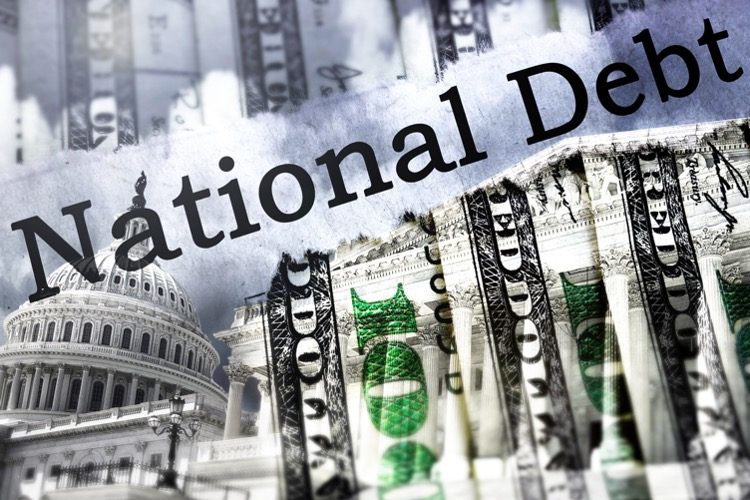
While all the public attention is on a tumultuous presidential campaign and on war in the Middle East, another story — one that has received scant media attention in recent months — registered another major development on Monday. Yesterday the official national debt surpassed $35 trillion for the first time, very much on schedule. At its current rate, the national debt is adding another trillion every 90 days or so, and is expected to surpass $56 trillion by the end of the decade. Only three months ago, the debt hit $34 trillion, and three months before that, $33 trillion, all of them uncharted new territory on the road to national insolvency.
With inflation a constant factor, the more worrying trend is the rise in the debt-to-GDP ratio, which conservative CBO estimates peg at 99 percent now, and project to rise to over 120 percent early in the 2030s. However, the debt-to-GDP ratio is almost certainly much higher, with other trackers of financial data, both public and private, putting it already north of 120 percent and rising precipitously. For example, the Federal Reserve’s own data shows a current debt-to-GDP ratio for 2024 Q1 of 122 percent.
With the high-stakes electoral campaign in full swing, neither major-party presidential candidate, nor their down-ticket co-partisans, are talking much about the debt; much of America seems to be distracted by other issues. But if our national finances continue to hemorrhage, the time will come when the dollar itself is toppled, and Americans will experience a currency collapse and debt crisis akin to what Weimar Germany underwent a century ago.

